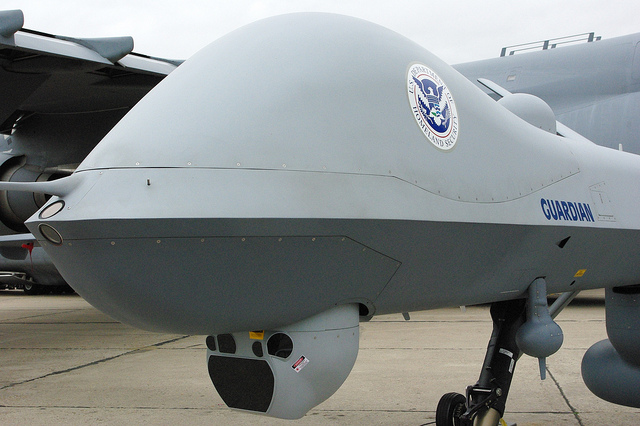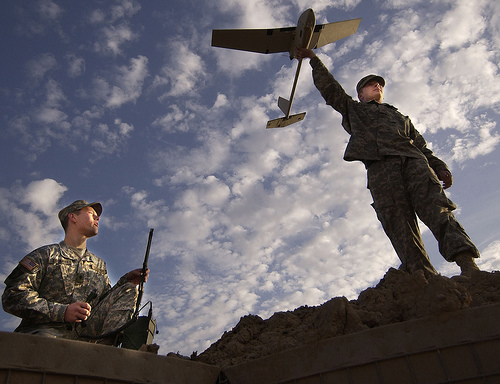
First being used for surveillance, unmanned aerial vehicles (drones) were initially conceived in the early 1990s for reconnaissance and forward observation roles. However, by 2001, the United States started arming drones with missiles and using them in combat operations. Since then, more than 40 other states and entities are estimated to have acquired the drone technology, including Russia, China, Iran, and Israel.
The first known use of a drone to kill a particular individual occurred against Al- Qaeda’s Mohammed Atef in Afghanistan in November 2001. Later in November 2002, a suspected ‘lieutenant’ in Al-Qaeda was killed along with five other persons in a drone attack in Yemen, carried out by CIA personnel. In 2003, the UN special rapporteur concluded that the Yemen strike constituted a “clear case of extrajudicial killing”.
Within states, international human rights law prohibits governments from using excessive force against individual groups; governments may only resort to military force if an armed opposition involves significant force. The normal standards can be found in the UN Basic Principles on the Use of Force and Firearms by Law Enforcement Officials. Despite this clear law, US officials argue that because the 9/11 attacks involved significant force, the US can target and kill Al-Qaeda members and other suspected terrorists and militants without warning, wherever they are found.

